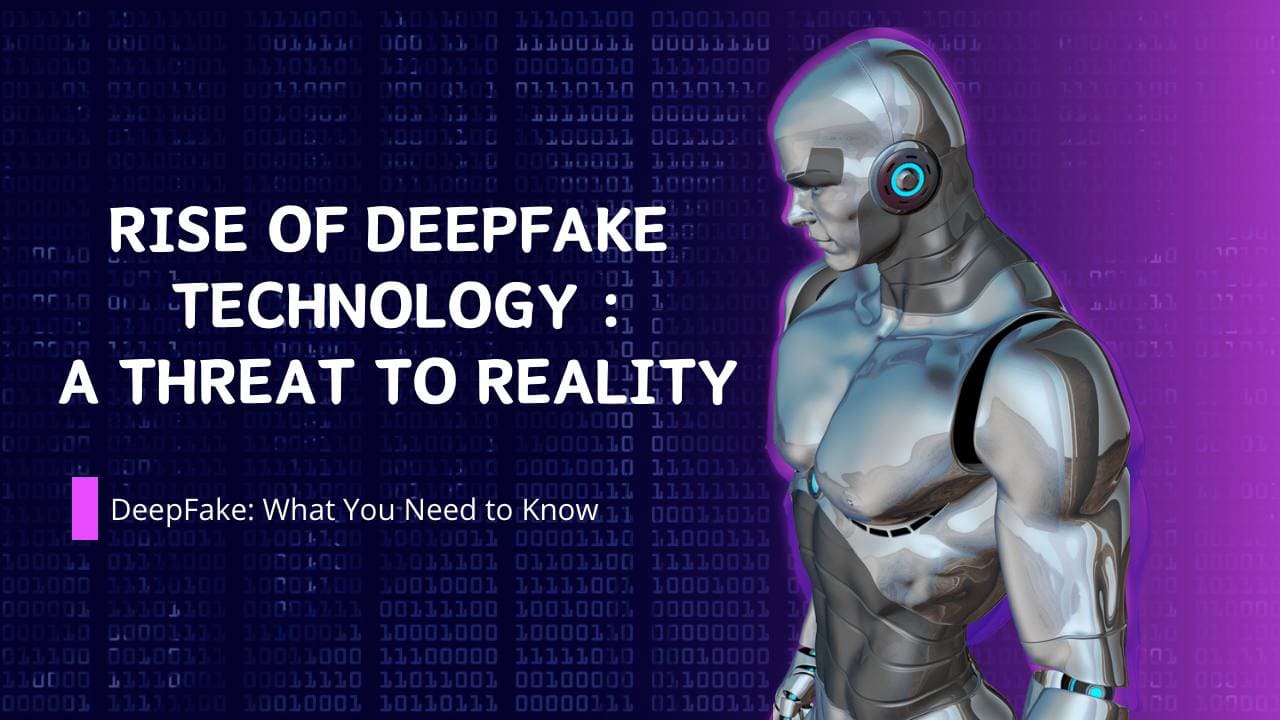The potential for abuse of deepfake technology is among its most worrisome features. Concerns about information manipulation and the dissemination of false information have been raised by how simple it is to produce convincingly fake audio or video clips. The validity of information and public debate is seriously threatened by the capacity to depict people—including politicians and public figures—in fake activities or saying words they never said.
How Deepfake Videos are Impacting the Media and Entertainment Industry?
Deepfake technology has been used to change performances and create impressively realistic visual effects in the entertainment sector. Although this application shows off the innovative potential of technology, it also raises ethical concerns about exploiting someone else’s image for one’s benefit without that person’s consent.
With the development of deepfake technology, the potential effects on several industries, such as media and law enforcement, are becoming more and more obvious. Because fraudulent content is so widely available, it may become harder to verify the authenticity of recorded events and less reliable as video evidence in court. Concerns concerning the public’s waning trust in news sources are raised by the challenging problem of journalism: how to tell the difference between authentic and fraudulent media.
Will Government Take Necessary Steps For DeepFake Misuse?
Governments and regulatory bodies are also scouring policies and frameworks to address the ethical and legal implications of deepfake technology. Efforts to establish guidelines for the responsible use of AI in generating synthetic media and to safeguard against its misuse are underway. Balancing technological advancement with ethical considerations remains a critical challenge in navigating the landscape of deepfake technology.
Educating the public about the existence and potential impact of deepfake technology is crucial in fostering media literacy and awareness. By understanding the capabilities and limitations of deepfake technology, individuals can become more discerning consumers of media, thereby reducing their susceptibility to manipulation and misinformation.












